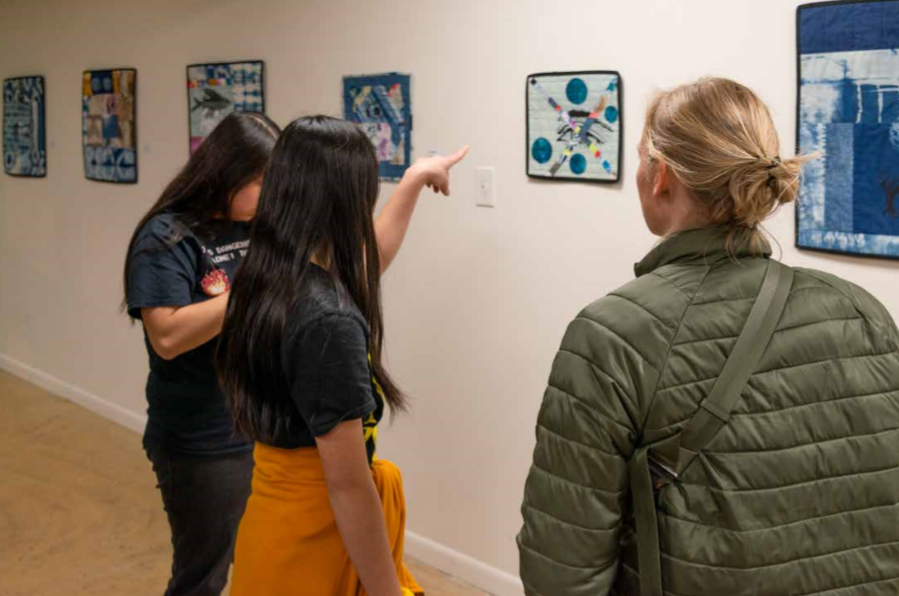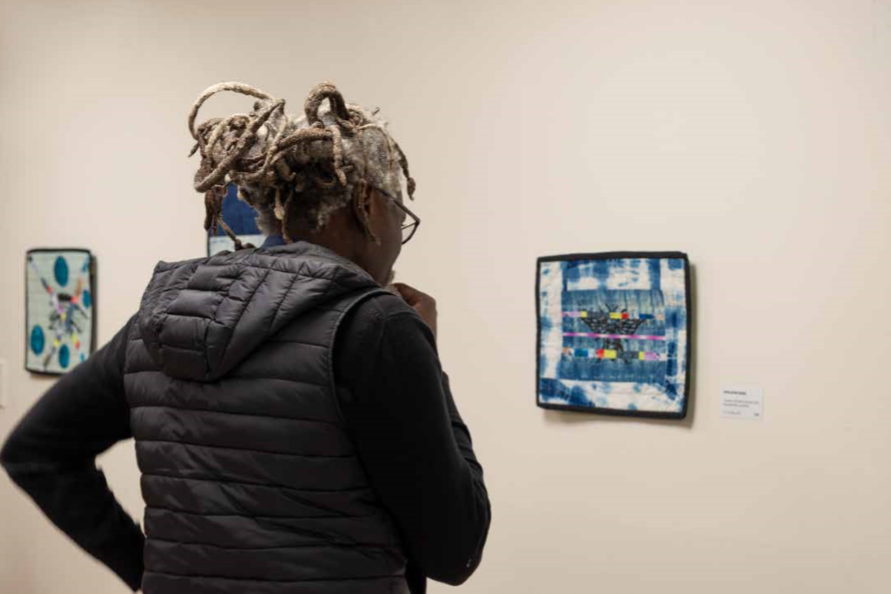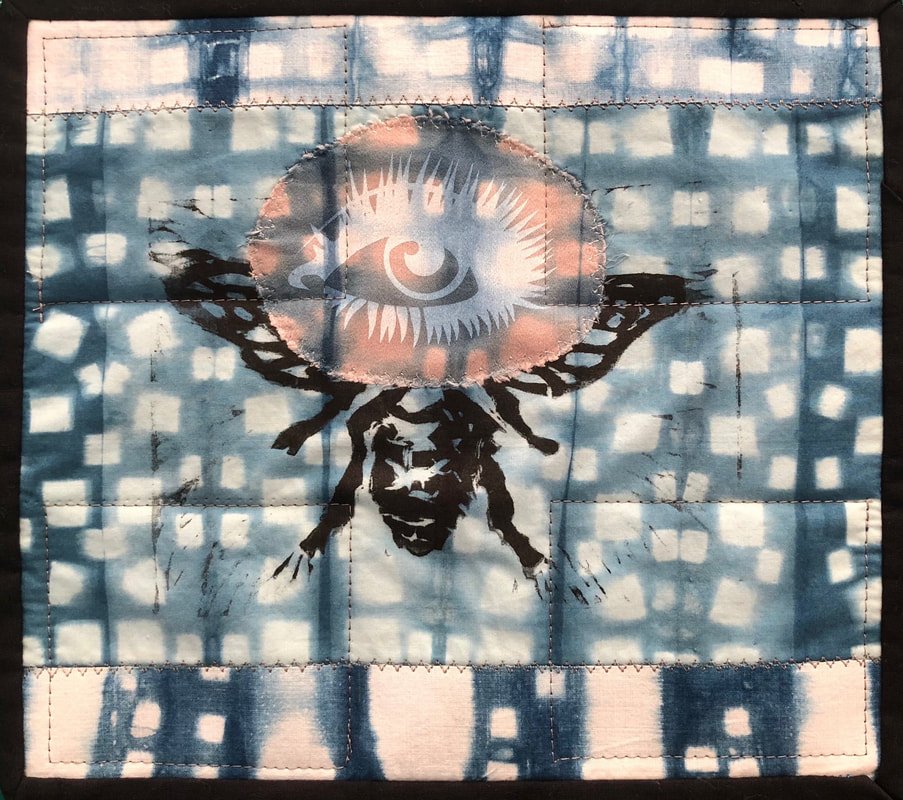SARAH MARSHALL
The daughter of a reference librarian and a composer, Sarah Marshall grew up near Baltimore, Maryland. She received her Bachelor of Fine Arts degree from Carnegie Mellon University in 1992 and, in 1999, her Master of Fine Arts degree from the University of Iowa. Influenced by interests such as language, reading and book objects, architecture, and biological science, Sarah focuses on the processes of printmaking and drawing. Her works on paper show organic forms that become portraits and characters; repeated in various environments, these characters examine our ideas about decision-making and the ways we treat each other. Sarah is currently employed as an Associate Professor of Art at The University of Alabama in Tuscaloosa.
About Sarah's Work Through my work, I explore the gulf between two experiences of the world; one presented daily to the senses, the other an unseen collection of belief, imagination, and memory. I position these experiences together not to resolve them, but to consider the relationship between them. I seek to make visible the invisible; the spaces between objects and events, and our awkwardness in describing them, are the subtext of my work.
My prints and drawings reference the physical world through plant forms, animal forms, and the figure. Manipulated text, language, and translation, suggest the complexities of human thought and behavior. Sometimes lyrical and sometimes abrupt, the work ranges from diagrammatic line drawings to elaborate, decorative elements. I cut apart and recombine source images, abstracting them through simplification, repetition, and layering. Layers may contradict each other or work together, linking the internal and external worlds.
Repetition is at the heart of printmaking, but my attraction to the multiple comes from the possibility of infinite variation as much as infinite repeatability. Forms recur in my work suggesting narrative or, simply, movement through time. This recurrence also shows how an image changes as it is transposed into different media. I am more concerned with similarity than with sameness, and a varied family of related images often replaces the edition in my studio practice.
My most recent work explores sleep; the scientific study of its physical processes, its importance to our health, and the role it plays in our history and culture. Hand-dyed using traditional stitched and clamped resist techniques, and embellished using printmaking processes, textile elements are collaged using quilting techniques. These fabric constructions contribute to a larger conversation about the human mind, and how our social environment affects us as individuals. In this work, tones of blue, images of the eye, ghostly traces, and collage assembly suggest the nighttime activities of the imagination.



"Heavy Joy" by Sarah Marshall
